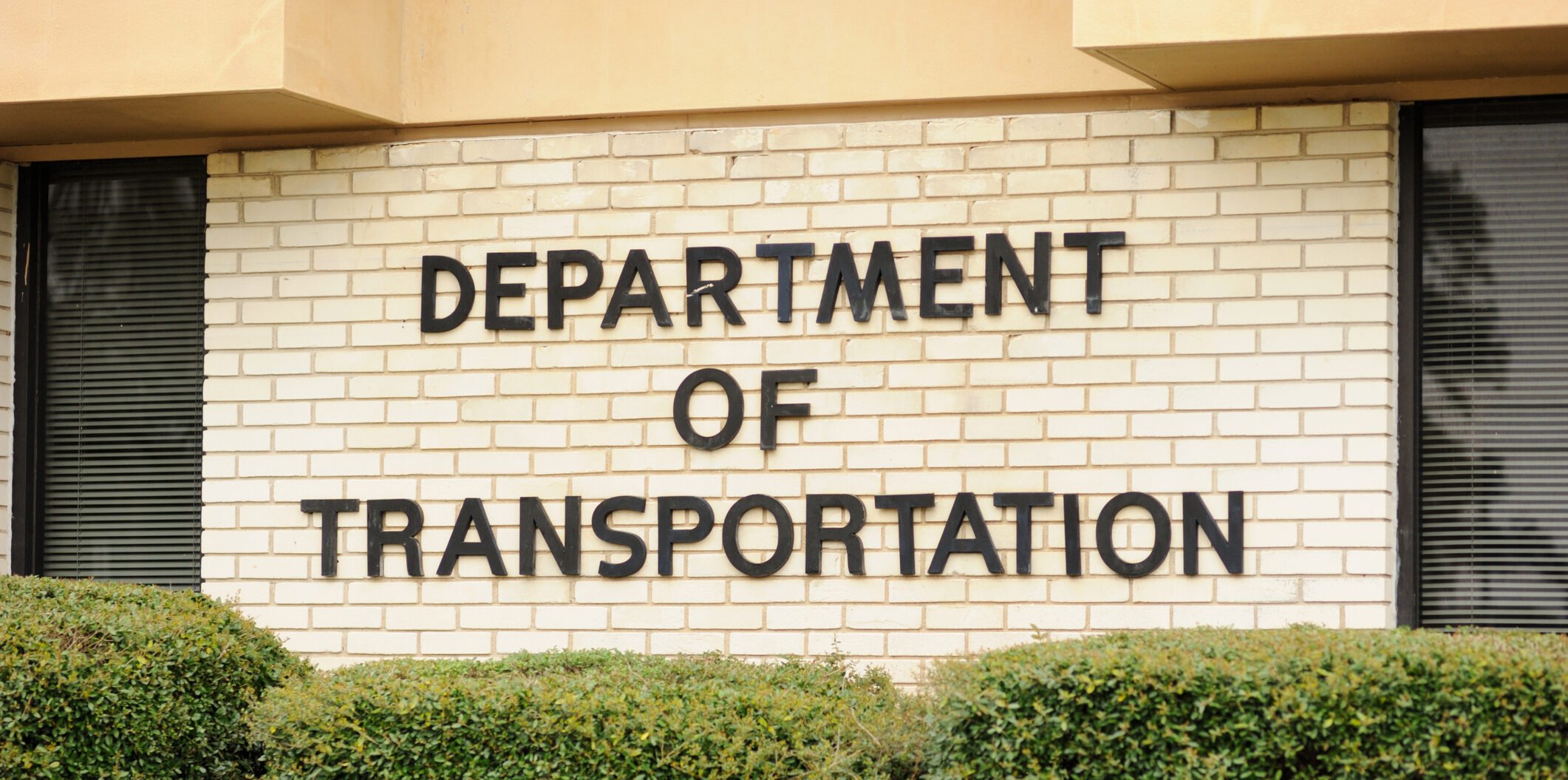The U.S. Department of Transportation (DOT) is beginning to investigate some of the management challenges they’ll tackle in 2023, as reported by Transport Topics. Among these challenges are reducing the number of highway fatalities and executing the array of programs in the Infrastructure Investment and Job Act (IIJA), according to a new DOT inspector general report.
“A rise in fatalities on our nation’s roads in recent years calls for effective implementation of safety programs created or augmented through IIJA funding, whether focused on roadways alone or on the interaction of transportation modes, such as railroad crossings,” the report said. “At the same time, DOT will need to improve its oversight of surface transportation safety programs.”
The report, released on Nov. 2, included mention of the several DOT subagencies that will have to contribute to the focused efforts of realizing “significant progress and change in 10 challenge areas.”
Pulling to the forefront the DOT’s key management challenges for 2023 called for auditors to examine several pieces of criteria, “including their impact on safety, document vulnerabilities, large-dollar inspections and the ability of the department to effect change.”
The challenge that will take most of the DOT’s concentrated efforts is to reduce highway fatalities and injuries.
“Along with continued root cause analysis, robust oversight of motor carrier safety performance and state compliance with federal requirements is crucial to combating the estimated 10.6% increase in fatalities involving large trucks and buses since 2020,” the report said. “Our recent audits have identified challenges in improving the quality and transparency of motor carrier safety data, safety measures and carrier safety ranking assessments; commercial driver medical certification oversight; and commercial driver license disqualification requirements.”
In January, the DOT released an all-inclusive approach to this challenge in the department’s National Roadway Safety Strategy.
“In particular, DOT’s success will require identifying the root causes of the increased fatalities,” the inspector general said. “This effort will require sustained research, data analysis and careful coordination between the department and its operating agencies, state and local governments, industry and other stakeholders — as well as efficient stewardship of over $34 billion in IIJA program and grant funding aimed at improving transportation safety.”
Moving back to a holistic view, the management challenges report is an annual federal requirement intended to aid the department in centering its attention of the management of its programs while also motivating its strategic goals.
“These goals include improving safety, supporting economic strength and global competitiveness, promoting equity and sustainability, fostering transformation and strengthening organizational excellence,” the report said.
These goals include but are not limited to maximizing flexibility in the workforce’s hybrid environment to raise effectiveness, efficiency, and engagement; appropriately handling risks to realize goals; and confronting the foundational causes of security weakness to manage challenges.
The DOT is also beginning on a journey to improve infrastructure nation-wide, centrally through the adoption of the IIJA, which sanctions $660 billion to transportation all the way through 2026.
“As the department is aware, the volume of IIJA funds, coupled with the creation of new programs and priorities, presents significant implementation and oversight challenges,” the report said. “Simultaneously, DOT faces a shifting macroeconomic landscape with regard to inflation, labor and supply chain issues.”








